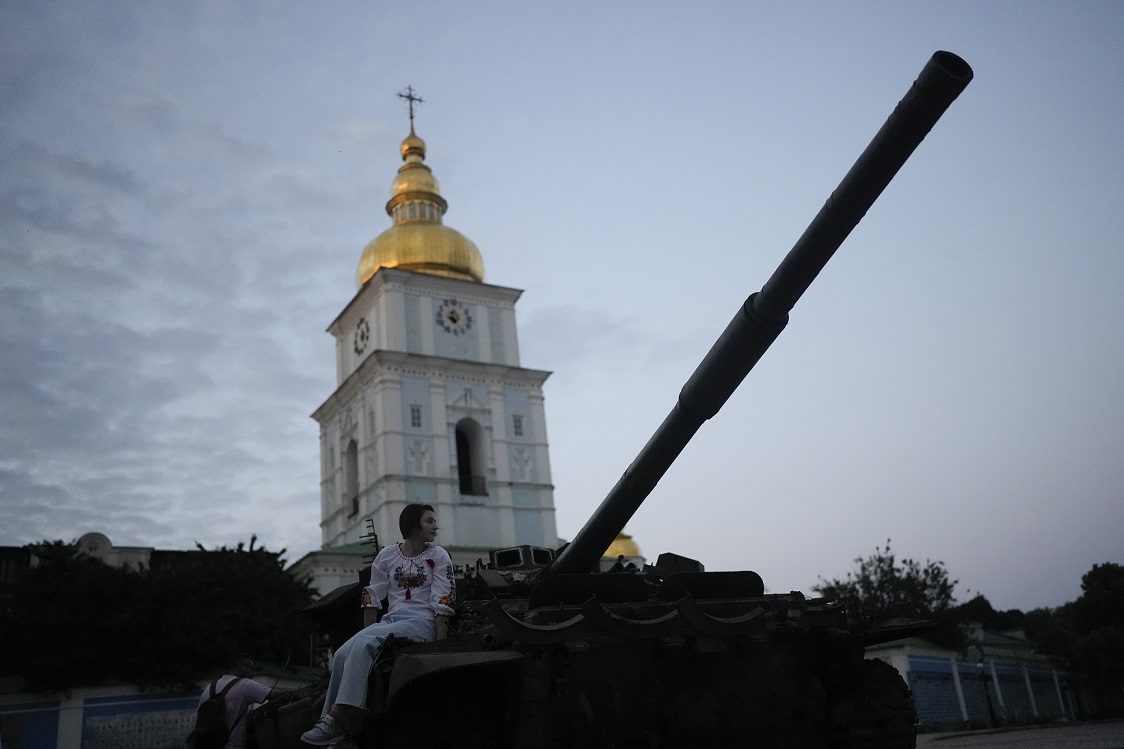The Kiel Institute for the World Economy published a ranking of countries helping Ukraine financially after Russia’s invasion four months ago, including with both material and humanitarian aid. As expected, Ukraine’s biggest supporter has been the United States, while Estonia, Poland, and Latvia have contributed the most per capita.
The current study covers 37 countries and shows government commitments, private donations, and military or technical assistance. Statistics show, for example, that Czechia helps in terms of per capita aid as much as France.
The biggest supporter of Ukraine is the United States: The U.S. has almost tripled its public commitments since the end of April, with the country providing aid worth a total of €43 billion.
“The U.S. government is willing to mobilize significant resources to support Ukraine. This also highlights the importance of the Russian-Ukrainian conflict, which threatens the stability of the whole of Europe,” says the research director of the institute, Christoph Trebesch.
According to an analysis called Ukraine Support Tracker, aid from European nations is coming more slowly. Nevertheless, the commitment of Eastern European countries such as Poland and Estonia is quite admirable because both nations also feature high costs associated with Ukrainian refugees.
EU countries and institutions have pledged €16 billion, barely a third of what the U.S. has pledged. This big discrepancy is quite surprising, as one would expect the EU to provide at least as much help as the U.S. to its neighbor.
Czech help is on the same level with that of much larger France
Estonia, Latvia, and Poland ranked just behind the U.S. among Ukraine’s largest supporters, relative to their GDP performance. Czechia ranked 12th out of a total of 37 countries, with domestic aid comparable to that of France, a country that is seven times larger.
At the same time, French President Emmanuel Macron recently made it known that he wants to increase financial and military aid to Ukraine. He also reiterated the unpopular view that Russia did not need to be humiliated and that “a way out via diplomatic channels” would be needed when the fighting was over.
The less economically powerful Czech Republic has so far provided Ukraine with military material worth more than 3.5 billion korunas (€141 million). According to earlier reports, Czechia sent to Ukraine, for example, self-propelled howitzers, both the Karafiát and Dana models, Grad RM-70 salvo rocket launchers, and infantry fighting vehicles.
The analysis also provides rough estimates of government support for refugees.
“Some countries point to the high cost of receiving refugees from Ukraine. These expenditures are difficult to measure and compare internationally. Nevertheless, we are trying to do so based on rough estimates, according to which the biggest burdens are borne by Poland, Romania, and Hungary. The cost of refugees in Poland alone could range between €2 billion and €6 billion over the period we are considering. Assuming a subsidy of €500 per month per refugee, Poland is the second-largest supporter of Ukraine in absolute numbers after the United States,” concludes Trebesch.






